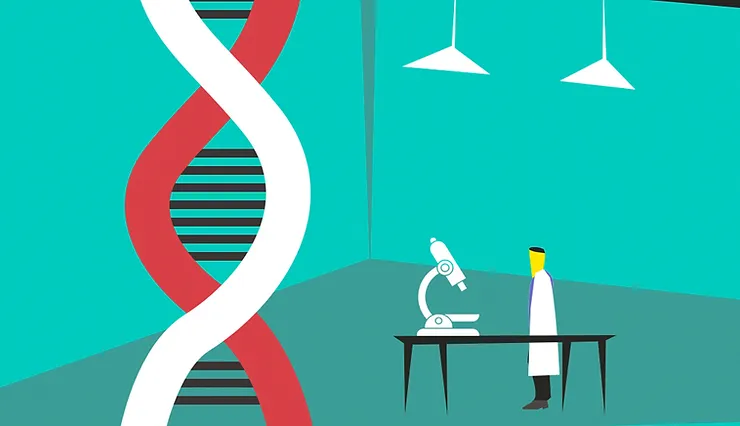Malta has always been a crossroads of nations.
Our DNA reveals strong links to Sicilian people, but not only.
Caruana finds evidence of small traces of Greek genetic mutations.
We are surrounded by signs of the origins of the current Maltese population. Our language, our history and culture are all a reflection of who our ancestors were. Our very own surnames are evidence of our origins. But what if we told you that the most definitive answer to who we are is written in your own genetic code?
99.9% of every human’s DNA is the same, but that small 0.1% variation, or mutations, is what makes us different from each other. By reading a nation’s DNA, we can look for patterns of similar mutations, which can help us understand how that population came into being. And this is what researchers at the University of Malta’s BioBank have been doing over the last few years, through the three-year Maltese Genome Project, launched in 2015.
The Maltese Genome Project mapped the genetic code of around 4,000 Maltese people, which at around 1% of the population, is a good statistically representative sample of the Maltese population. The aim of this project is to gather genetic population information for Malta, which can help study diseases common among the Maltese. It also provides the possibility to trace back the origins of the Maltese civilisation.
Around 7,000 years ago, a group of farmers from Sicily landed in Malta, to become the first humans to colonize the island. After 1,000 years, these people started making history. They built over 30 temple complexes, the oldest free-standing buildings in the world, older than the pyramids and Stonehenge, marking the rise of a complex civilization with a ritualistic and artistic culture.
The temple-building Maltese prospered for 1,500 years until their sudden and mysterious disappearance around 2500 BC. For the next 4,000 years, Malta was continuously conquered and populated by different people.
Bronze Age settlers started to inhabit the land. Around 700 BC came the Phoenicians, followed by the Carthaginians in 332 BC, and then the Romans in 218 BC. Professor Alex Felice suggests that during this period, Malta’s population was “only a couple of thousand at most.” This is where it starts to get interesting. A 2004 National Geographic magazine interview claimed that 50% of Maltese men are of Phoenician origin. However, this finding was later found to be flawed. Archaeological and historical evidence indicates that there was not a large enough Phoenician living in Malta that could have been the real origins of the current Maltese population.
Data from the Maltese Genome Project traces the origins of the current Maltese population to just 80km north of Malta. After the Romans left, the population shrunk again to a few hundred people at most. Then, around 1,000 years ago, a documented influx of people from Arab-ruled Sicily and Southern Italy started to repopulate the island once more.
In 1091, Count Roger from Normandy in northern France took over Malta. His son, Count Roger II, displaced the Arab rulers from Malta in 1127, establishing Norman dominion over the island, which promoted further influxes of Sicilian and Norman settlers. In a historic déjà vu, Sicilians started to repopulate and latinise the island, bringing with them also their unique Siculo-Arabic language that would later evolve into modern Maltese. In fact, Professor Felice also explains that “if you go to the small villages outside [Sicilian] towns today, they speak very differently to modern Italians, and not too different from what we call Maltese.” By 1500 AD, the Maltese population counted around 20,000. This population planted the seeds for the majority of the current Maltese population.
While Sicilian ancestry is the most prominent in our genetic code, other small traces of genetic history have been found in a similar study on the Maltese Genome by Josef Caruana, using data from the BioBank database. Visitors from distant countries left genetic memories in the form of gene variants and mutations, called Founder effects. In fact, Caruana finds evidence of small traces of Greek genetic mutations, which might reflect migrations from Greek territories to Malta in history, such as when Malta was under the Byzantine Empire, or influx of people from the island of Rhodes migrating with the Knights of the Order of Saint John to Malta. Meanwhile, Felice also provides evidence of a genetic footprint that can be traced from the rule of the Knights, the French and of course, the British.
Our genetic code shows us where we, as a people, came from. But our culture, history, traditions and values show us who we are as a nation.


Leave a Reply